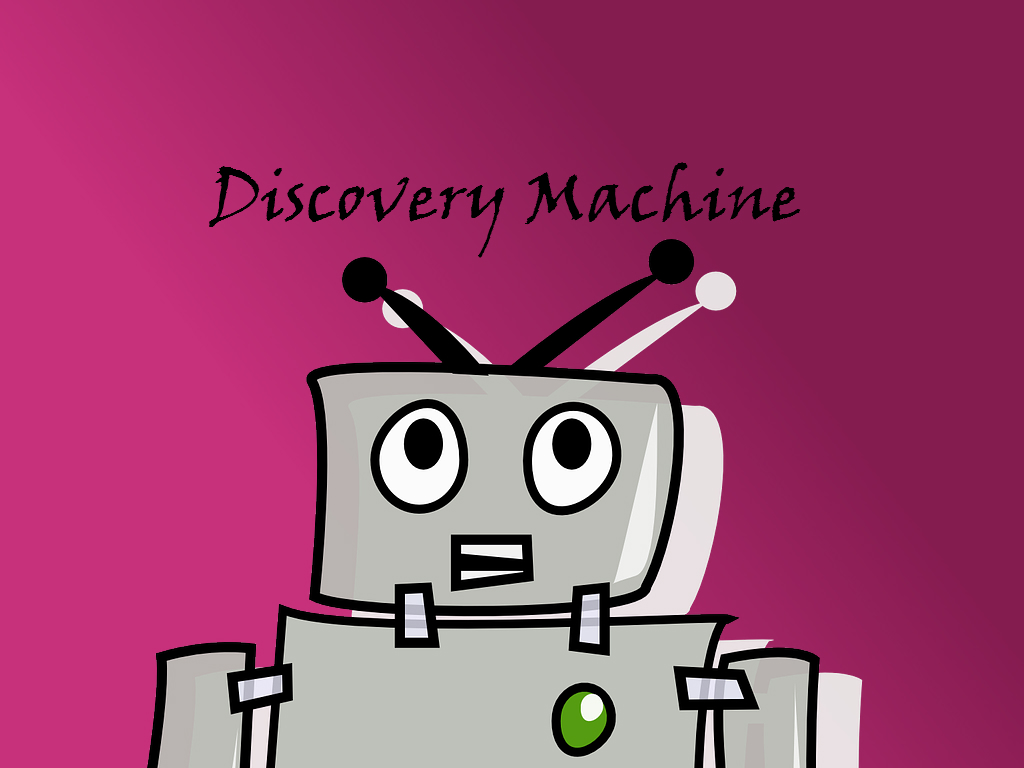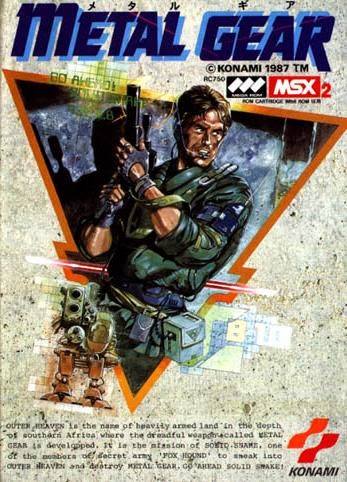System(s): Playstation 2, Xbox, Playstation Network
Release Year: 2002
Rating: Teen
Current Amazon Price: $29.99 (PS2) $103.21 (Xbox) $9.99
(PSN)
The Skinny:
It’s scary, plain and simple. Even if you don’t scare easily
this game (and series in general) knows how to get under your skin. It’s a
truly unsettling and harrowing experience; marred only occasionally by some frustrating
combat moments.
The Meat:
Fatal Frame is a Japanese horror series (known in Japan as
Zero and Europe as Project Zero) on the Playstation 2 that is a cult favorite
among many horror fans. Its trademarks are genuinely scary environments and
situations coupled with extremely disturbing storylines deeply rooted in old
Japanese mythology. In every game in the series the main characters become
haunted by ghosts for one reason or another, be it wandering into a haunted
mansion or becoming trapped in a ghost village that stopped existing hundreds
of years ago. The only way our unfortunate protagonists can defend themselves
is with an occult camera known only as the Camera Obscura. This mysterious box,
which looks simply like an ancient camera, has the power to exercise (in the
Catholic sense of the word) spirits which it captures photos of. This is the
setup for a series that, in my humble opinion, is one of the best and scariest
horror franchises out there.
Fatal Frame has three main strengths: its
environment/atmosphere, its sound, and its themes. Let’s begin with the
environments. Every area of the game, from the dark interior of a haunted
mansion to a creepy shrine out in the woods feels soaked and oozing with dread
and unease. Things are damp, old, rotten, and just have an aura of doom about
them. I cannot think of a single area in the game that is welcoming or feels
safe, and in a horror game that is an extremely impressive accomplishment.
Next is the game’s impeccable use of sound. Music will
slowly build when you enter a room and you know something foul is lurking
waiting to spring on you. The ambient noise and static builds to a crescendo as
you raise your camera and look around the room in a panic trying to spot your
doom. And then everything goes silent. You let out a breath you didn’t even know
you were holding and slowly your heart begins to slow. And then you hear the
creak of the kimono cabinet behind you opening and hear a bloody gurgle that
sounds weirdly like the laugh of a little girl and you promptly freak out like
a child who finally has seen the monster in their closet. No other game I have
ever played has used sound as effectively as Fatal Frame, except Fatal Frame 2
and 3. It is truly a masterwork of audio design and is absolutely terrifying.
Finally, there are the game's themes and story. The fact that
this game is teen rated completely boggles my mind. This is a story about human
sacrifice, body mutilation, dismemberment, suicide, and murder. Lots and lots
of death and none of it pretty. One of the ghosts is a woman whose eyes have been
stabbed out by giant needles. The imagery is dark, the story is gruesome and
disturbing, and it creates a truly horrifying experience. This tale probes the
darkest reaches of Japanese mythology and doesn’t relent. It starts dark and
only gets darker. All of this combines to create a wonderfully unsettling play
through and creates a feeling of dread and hopelessness that has been missing
in modern games. It’s why the old Silent Hill games succeeded, and it’s why
Fatal Frame manages to capture true fear.
From a gameplay perspective Fatal Frame is decent enough,
but I feel the gameplay is not one of the games strongest points. You explore
these haunted places in third person view with modified tank controls similar
to those found in Silent Hill 2. You have your Camera Obscura that you use to
solve puzzles and combat ghosts. When you raise your camera the game enters a first person view trough the camera. The ghosts appear and assault you, and while
visually they are pretty grotesque actually fighting them can sometimes go from
scary to annoying. They will hide in walls and pop out to hit you giving you
maybe half a second to snap a picture of them before they chunk your health. In
wide open areas it isn’t too much of a problem because they can’t use their
ghostly shenanigans to hide inside solid objects. The problem is that a large portion of
the game takes place inside tight hallways and here it can become a major
issue. When fear turns to frustration some of the fun of horror is lost.
However in small doses the feeling of helplessness imparted by the awkward
combat actually helps the game to drive home its points. It’s just when you
lose half of your healing items to one ghost’s cheap tricks it can get a little
irksome.
The Bottom Line:
Fatal Frame is an excellent, extremely frightening game that
any fan of the horror genre must play. It’s disturbing, scary, and most of all
fun. If you’re willing to wade through some occasionally irritating gameplay
mechanics and an extremely Japanese setting you’ll find true horror through the
lens of a camera.
(Also I apologize, I couldn't find a good trailer/video in English so here is a Japanese one. The game is in English however.)
(Also I apologize, I couldn't find a good trailer/video in English so here is a Japanese one. The game is in English however.)





